Odd how the creative power at once brings the whole universe to order
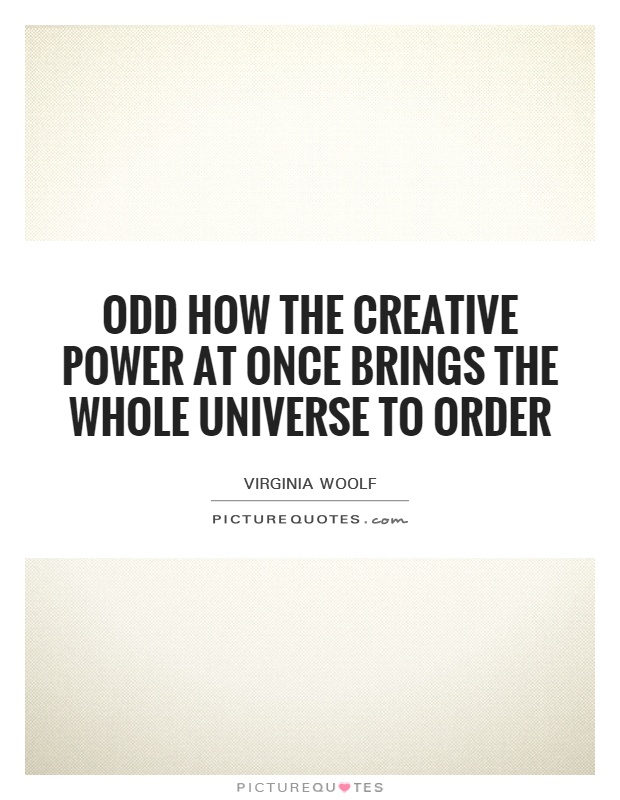
Odd how the creative power at once brings the whole universe to order
Virginia Woolf, a renowned writer and thinker of the early 20th century, was known for her innovative and experimental approach to literature. She was a pioneer of the stream-of-consciousness technique, which allowed her to delve deep into the minds of her characters and explore the complexities of human thought and emotion. Woolf's writing was often characterized by its lyrical prose, vivid imagery, and keen insight into the human condition.In her essay "A Room of One's Own," Woolf explores the idea of creativity and its power to bring order to the universe. She argues that creativity is a force that can transcend boundaries and limitations, allowing individuals to break free from the constraints of society and tradition. Woolf believed that creativity was a fundamental aspect of human nature, and that it had the power to transform the world around us.
Woolf's own creative process was deeply intertwined with her understanding of the universe. She saw writing as a way to make sense of the chaos and confusion of the world, to bring order to the seemingly random events and experiences that make up our lives. For Woolf, creativity was a way to impose meaning and structure onto the world, to create a sense of coherence and unity out of the disparate elements of existence.
In her novel "To the Lighthouse," Woolf explores the theme of creativity through the character of Lily Briscoe, a painter who struggles to capture the essence of the world around her. Lily's creative process is fraught with uncertainty and doubt, as she grapples with the challenge of translating her vision onto the canvas. Yet despite the obstacles she faces, Lily ultimately finds a sense of order and harmony in her work, as she discovers the power of creativity to bring meaning and beauty to the world.

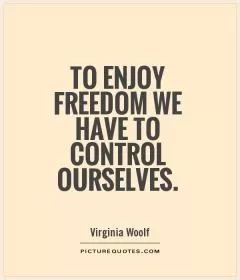
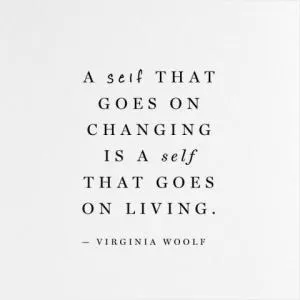
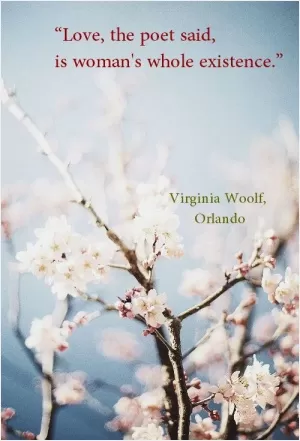
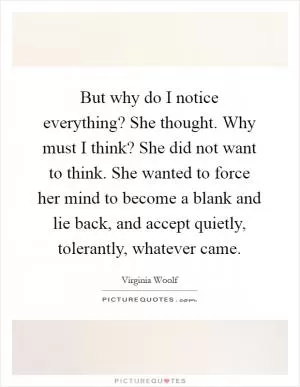
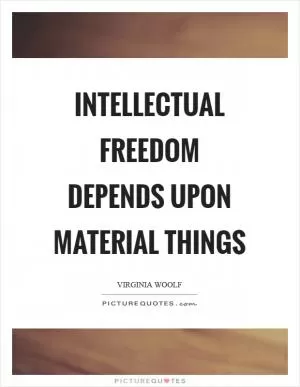
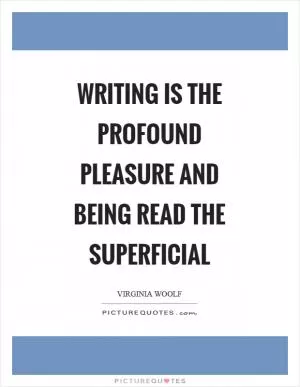
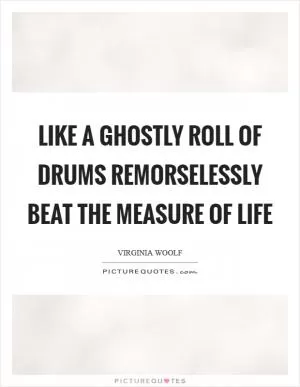
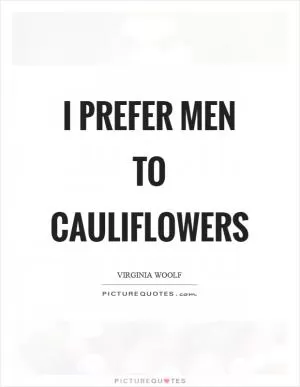
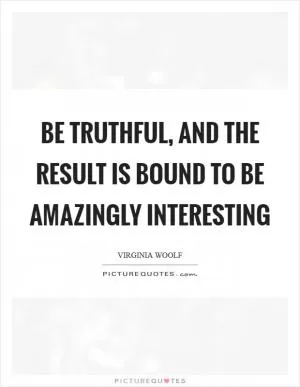

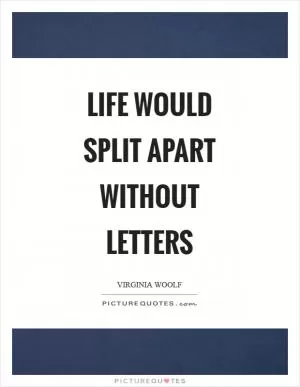
 Friendship Quotes
Friendship Quotes Love Quotes
Love Quotes Life Quotes
Life Quotes Funny Quotes
Funny Quotes Motivational Quotes
Motivational Quotes Inspirational Quotes
Inspirational Quotes